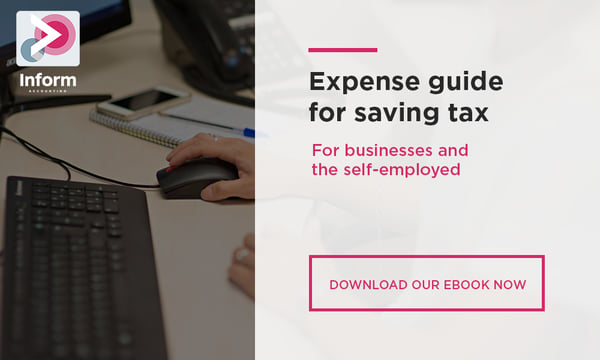BLOG
Pension annual allowance – Making tax relieved contributions

Tax relief is available to encourage individuals to make contributions to registered private pension plans. However, while there is no limit to the amount that an individual can contribute to their pension plans, there are limits on the contributions that qualify for tax relief. One of those limits is the annual allowance.
Tax relieved contributions for a tax year cannot exceed the higher of 100% of earnings or £3,600, and must be covered by the available annual allowance.
Nature of the annual allowance
The annual allowance limits the amount that an individual can make in tax-relieved pension contributions across all their registered pension schemes. The basic annual allowance is set at £40,000 for 2021/22. However, an individual’s annual allowance may be less than this if they are a high earner or if they have already flexibly accessed their pension.
If an individual has not used up their annual allowance in the previous three years, they may be able to make tax relieved contributions of more than £40,000 in 2021/22. However, where earnings are less than the available annual allowance, tax-relieved contributions are capped at earnings (or £3,600 where this is amount is more than earnings).
Only one annual allowance is available regardless of the number of registered private pensions that an individual has. The annual allowance applies to total contributions made to a defined contribution scheme in the tax year and any increase in the value of a defined benefit scheme in the tax year. Pension contributions made by an employer to a private pension scheme count towards the annual allowance.
High earners
The amount of the annual allowance is reduced where, for the tax year in question, a person has both adjusted net income of more than £240,000 and threshold income of more than £200,000. Broadly, adjusted net income is income including pension contributions and threshold income is income excluding pension contributions.
Where both tests are met, the annual allowance is reduced by £1 for every £2 by which adjusted net income exceeds £240,000 until the minimum amount of the annual allowance is reached. For 2021/22, this is set at £4,000. No reduction is made to the annual allowance if the threshold income is £200,000 or less, regardless of the level of adjusted net income.
Consequently, anyone with adjusted net income of £312,000 and threshold income of more than £200,000 will have an annual allowance of £4,000 for 2021/22.
Money purchase annual allowance
A lower annual allowance, the money purchase annual allowance (MPAA), also applies if a person has flexibly accessed their pension on reaching age 55 or above. This is to prevent recycling of contributions to secure further tax relief.
For 2021/22, the MPAA is set at £4,000.
Unused annual allowances
If a person has not used their annual allowance in full for a year, the unused amount can be carried forward for up to three years. However, unused allowance for earlier years can only be used once the allowance for the current year has been used in full. Unused allowances from an earlier year are used before those of a later year.
Contributions in excess of the annual allowance
If tax-relieved contributions are made in a tax year in excess of the available annual allowance for that year, a tax charge applies to claw back the tax relief to which the individual was not entitled.
Get in touch
Get in touch with us today to find out how we can help keep you compliant, and benefit from our expert advice. Give our Business Development Manager a call on (0121) 295 8884, or email charlie.sangha@informaccounting.co.uk.




.jpg?width=1500&height=1000&name=amy-hirschi-K0c8ko3e6AA-unsplash-(5).jpg)

